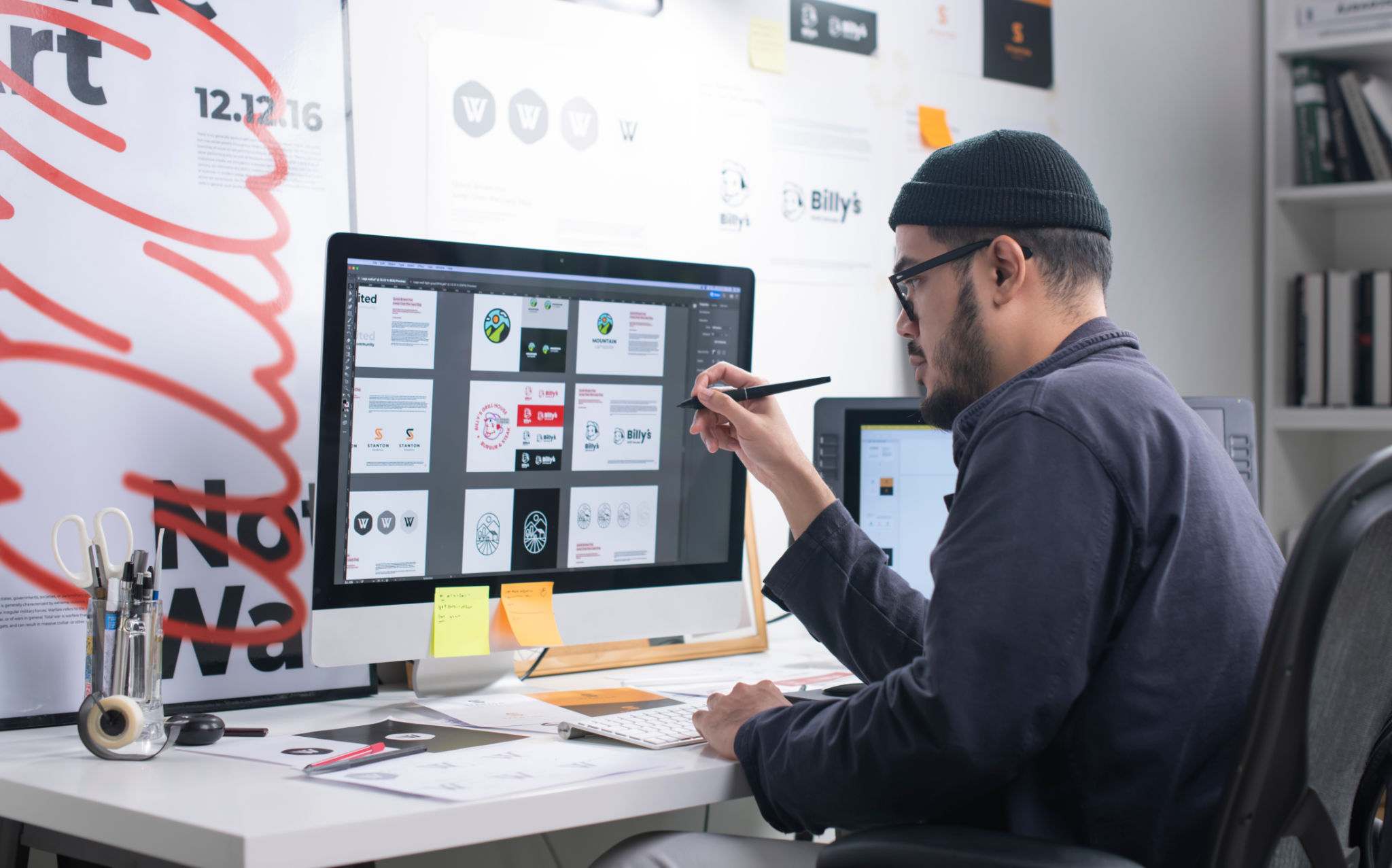The Ultimate Guide to Designing Your Website: Tips from Yara Buhliqah
Understanding Your Audience
Before diving into the design process, it’s crucial to understand who your audience is. This will guide the aesthetic, functionality, and content of your website. Consider factors such as age, interests, and the devices they use. By understanding your audience, you can create a website that effectively captures their attention and meets their needs.

Developing user personas can be a helpful exercise in this stage. These are fictional characters that represent different segments of your target audience. By detailing their motivations and challenges, you can tailor your design choices to serve them better.
Crafting a User-Friendly Layout
When it comes to website design, simplicity is key. A cluttered layout can overwhelm visitors and detract from the main message. Focus on creating a clean, intuitive layout that guides users naturally from one section to the next. Utilize white space effectively to give your content room to breathe.

Consider implementing a responsive design to ensure that your website functions well on all devices. This not only improves the user experience but also positively impacts your SEO, as search engines favor mobile-friendly sites.
Choosing the Right Color Scheme
Your color scheme is more than just an aesthetic choice; it sets the tone for your brand and affects how visitors perceive your site. Choose colors that align with your brand identity and evoke the desired emotional response from your audience. For instance, blues often convey trust and professionalism, while vibrant colors can energize and draw attention.

Make sure to maintain sufficient contrast between text and background colors to ensure readability. This is particularly important for accessibility, allowing users with visual impairments to navigate your site with ease.
Incorporating Effective Typography
Typography plays a significant role in the readability and overall look of your website. Select fonts that reflect your brand’s personality while maintaining legibility across different devices. It’s often best to limit yourself to two or three typefaces to avoid visual clutter.
Size hierarchy is another important aspect of typography. Use varying font sizes to create a clear distinction between headings, subheadings, and body text, guiding users through the content smoothly.
Enhancing User Experience with Multimedia
Integrating images, videos, and other multimedia elements can make your website more engaging and visually appealing. However, it’s important to use these elements judiciously to avoid slowing down the site’s loading speed.

Ensure that all multimedia content is optimized for fast loading and is relevant to your message. This not only enriches the user experience but also contributes positively to search engine rankings.
Implementing SEO Best Practices
An excellently designed website is of little use if it doesn't attract visitors. SEO should be part of the design process from the start. Use descriptive, keyword-rich titles and meta descriptions for each page. This improves visibility in search engine results.
- Optimize images with alt tags.
- Ensure fast loading times by compressing files.
- Use internal linking to keep users engaged on your site longer.

By following these SEO guidelines, you enhance your chances of boosting traffic and achieving higher search engine rankings.
Testing and Iteration
Your initial design is just the beginning. Regular testing is essential to identify areas for improvement. Use tools like A/B testing to compare different versions of your site and gather data on user interactions.
Based on user feedback and analytic data, be prepared to iterate on your design. Continuous improvement is key to maintaining a website that effectively serves its audience and achieves business goals.
Final Thoughts
Designing a website is a dynamic process that requires a balance of creativity and strategy. By focusing on user experience, aesthetics, and functionality, you can create a site that not only looks great but also performs effectively. Remember, a successful website is never truly finished; it evolves with your brand and its audience.

